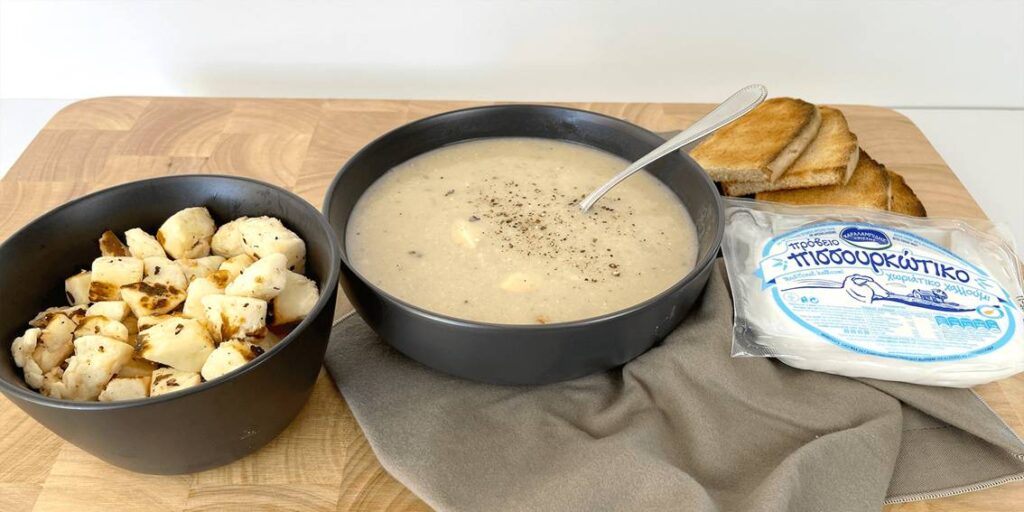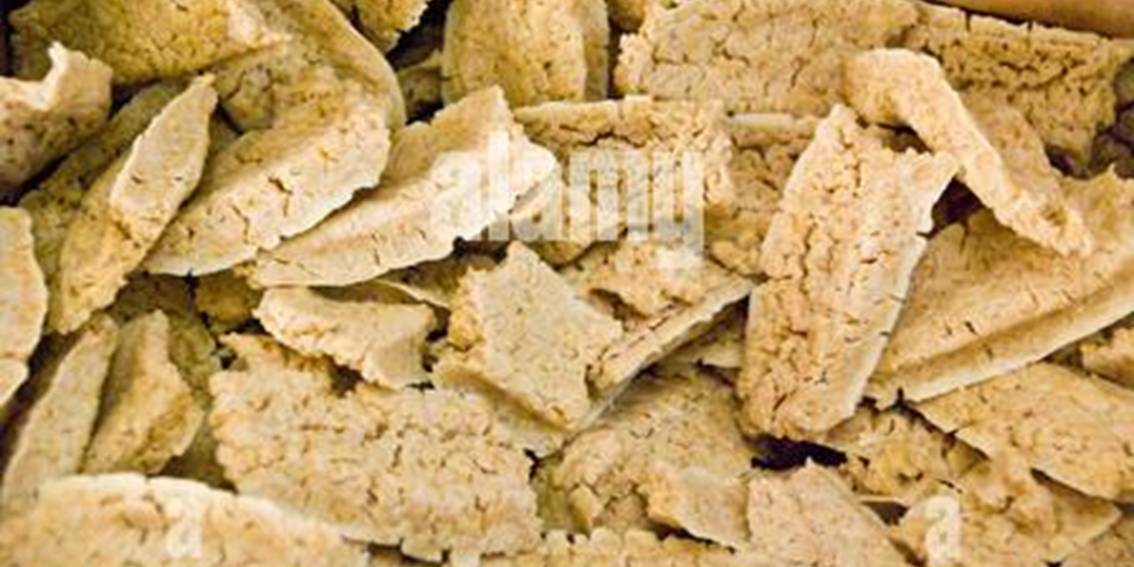The Discovery of Trahana
Cyprus Trahana has ancient roots, dating back thousands of years in the Mediterranean and Middle Eastern regions. People believe it originated as a way to preserve dairy and grains for long periods. Its discovery likely came from the need to store food for times of scarcity. Over time, Trahana became a staple in many cultures, including Cyprus. Today, it remains a cherished part of the island’s culinary tradition, symbolizing resilience and ingenuity. Furthermore, it highlights the creativity of ancient communities in finding ways to sustain themselves.
What is Cyprus Trahana?
Cyprus Trahana is a traditional fermented grain product, popular in Cyprus and other Mediterranean countries. People make it from cracked wheat, bulgur, or flour, combined with yogurt or milk. It has a tangy flavour and a coarse texture. Families often prepare it during the summer months when the sun is strong for drying. Trahana is a staple in Cypriot cuisine, valued for its long shelf life and versatility. Additionally, it is a nutritious and flavourful ingredient that reflects the island’s agricultural heritage. Moreover, its unique taste and texture make it a standout ingredient in many dishes.
How is Cyprus Trahana Made?
The process of making Cyprus Trahana is labour-intensive and often involves the whole community. First, people mix cracked wheat or bulgur with yogurt or milk to form a thick paste. Then, they let the mixture ferment for several days, which gives Trahana its distinctive sour taste. After fermentation, they spread the paste thinly on large trays or cloths. Next, they leave it to dry under the sun, turning it occasionally to ensure even drying. Once completely dry, they break it into small, coarse pieces. Finally, they store it in airtight containers for use throughout the year. This process requires patience and teamwork, making it a communal activity that strengthens bonds. Additionally, the drying process relies heavily on the warm summer sun, making it a seasonal tradition.

What is Trahana Used For?
Cyprus Trahana is a versatile ingredient in Cypriot cooking. People most commonly use it to make Trahana soup, a hearty and comforting dish. They cook it with tomatoes, onions, herbs, and sometimes halloumi cheese or chicken. The soup is a popular winter meal, known for its rich flavour and nutritional value. Additionally, some use Trahana as a base for stews or as a substitute for rice or pasta. Its tangy taste adds depth to many dishes, making it a beloved ingredient in traditional recipes. Furthermore, it is a quick and nutritious option for busy households, showcasing its practicality. In addition, its long shelf life makes it a reliable pantry staple for many families.
A Symbol of Tradition
For Cypriots, Trahana is more than just food—it’s a symbol of heritage and community. The preparation process often brings families and neighbours together, strengthening bonds and preserving cultural traditions. Its long shelf life reflects the resourcefulness of Cypriot ancestors, who relied on preserved foods during harsh winters. Today, Trahana remains a cherished part of Cypriot cuisine. It connects generations through its unique flavour and shared memories. Moreover, it serves as a reminder of the island’s agricultural roots and the importance of community in Cypriot culture. In every bite, Trahana tells a story of tradition, resilience, and togetherness. Furthermore, it continues to be a source of pride for Cypriots, embodying their history and values.


